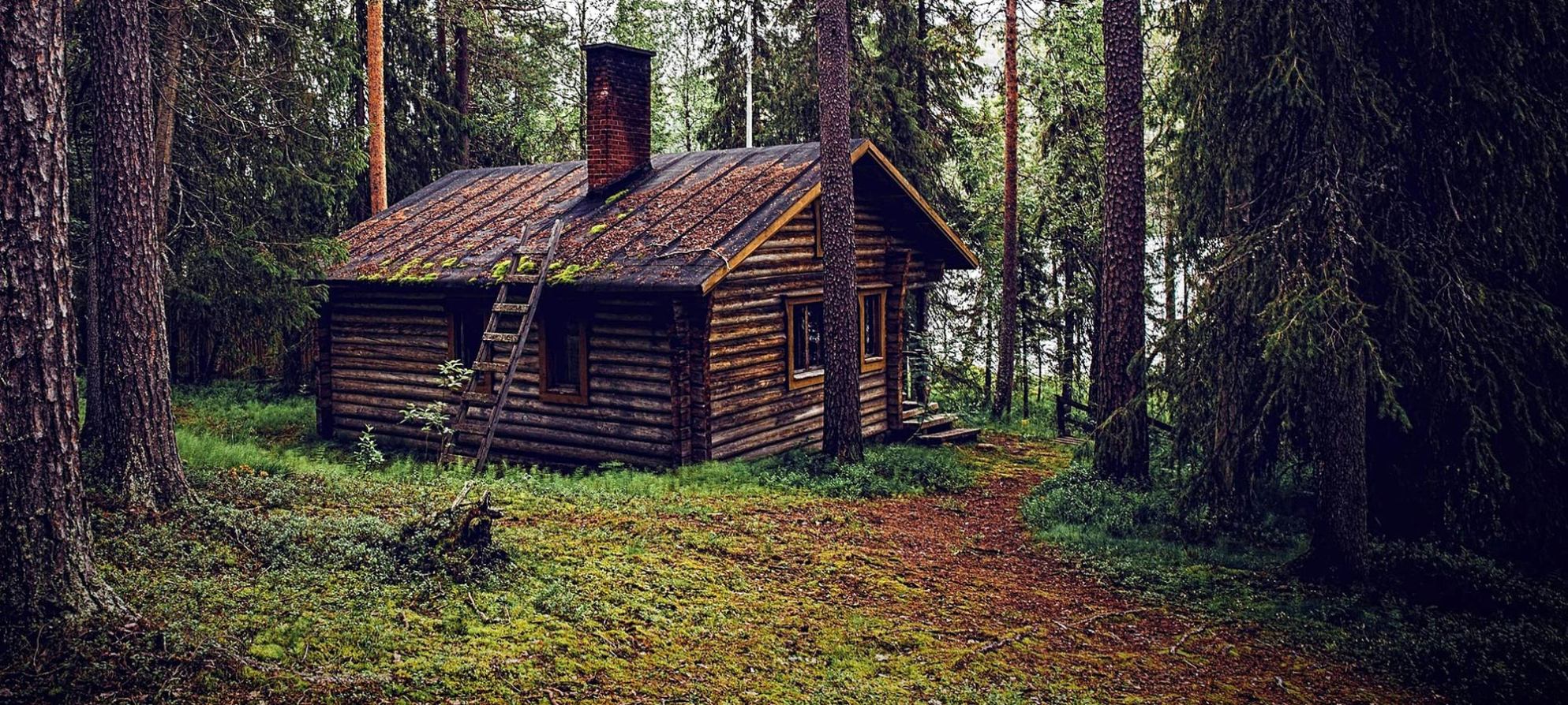We may earn revenue from the products available on this page and participate in affiliate programs. Learn More ›
You’ve probably heard the term “bugging out” a thousand times, but what does it really mean? “Bug out” is a military term from the 1950’s that has been adopted by the preparedness community to encompass any situation where you’d leave your normal haunts in a hurry. An emergency exodus, if you will. By now even your loopy great aunt is likely to have a bug out bag hidden under her pile of cats. But where is she bugging out to? She may have an expert-approved list of supplies in a top-of-the-line backpack, but has she planned ahead for a destination? For that matter, have you? Here’s how to plan for the worst.
13. Know When to Say When
Bugging out during (or before) a disaster is not a cool adventure. There’s no kick-ass theme music playing in the background. It’s not the scene in a movie where you’re walking down a road with a big fire or explosion behind you. If you ever have to bug out, it will be one of the worst days of your entire life. In a bug-out-worthy situation, people are likely to be hurt and homes are likely to be lost. So let’s kill this action-movie trope right now.
Now that your bubble has burst, let’s talk about the situations that could cause you to bug out. Natural disasters and industrial accidents are the most likely issues that would cause you to run to the hills. Terrorist attacks are statistically much less likely, but potentially bug-out worthy. These are all local or regional issues, so if you travel far enough away from the disaster’s point of origin, you’ll be out of harm’s way. Some of these situations give you warning and some don’t. If a hurricane and floods are predicted for your low-lying home turf, bug out before the storm hits. If terrorists set off a dirty bomb in your home city, then you’ll be fleeing along with tens of thousands of fellow evacuees. In either case, a quick response is the best response. And you’ll need to already have your supplies and your plan in place before this happens. That means your bug-out bags are packed and a primary location (along with alternates) has been selected.
12. Narrow Down Bug-Out Locations
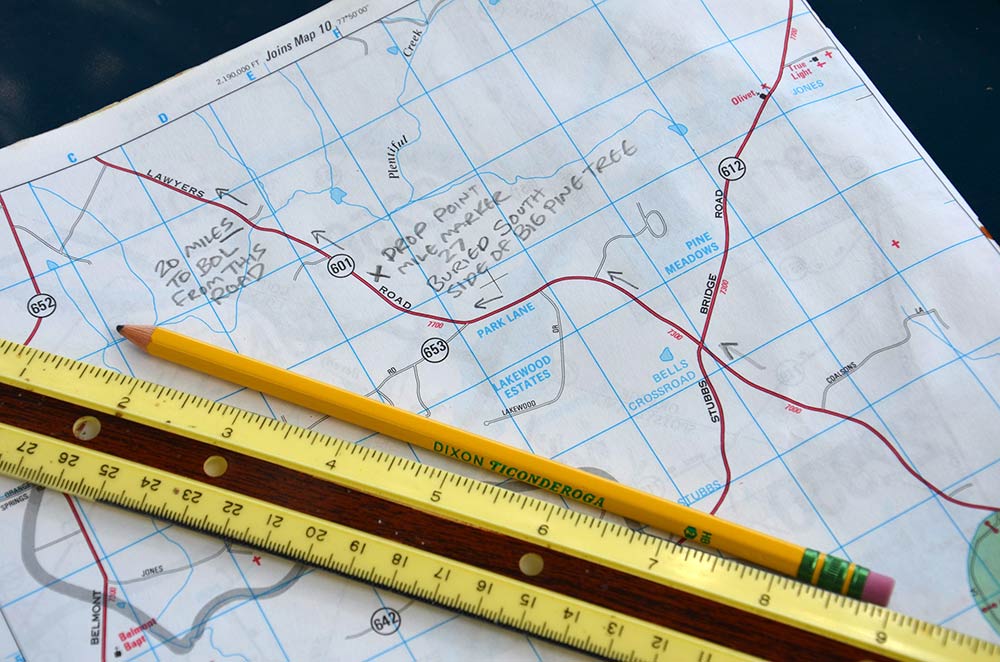
If you had to bug out, someplace nice would obviously be your first choice. Your rich uncle’s house or a posh hotel would be great—assuming those spots are outside the hypothetical disaster radius. Just keep in mind that bugging out without a destination makes you a refugee, and that’s not a desirable condition. Now, if you have an off-the-grid property that you’ve been developing into a homestead, you already have a great bug-out location (BOL).
But what if you don’t? Or what if you had to leave that self-sufficient property? The wise will consider having a “Site B” as a BOL back-up plan. Your back-up site could be virtually anything and virtually anywhere, as long as you can get to it in a crisis. Site B could be a hunting camp, the undeveloped land of a friend or family member, or even a spot on public land.
Make firsthand inspections of possible BOLs. You’ll know what resources are available and how long it would take to get there. It needs to be a realistic distance from your home and place of work. A BOL that’s a 100-day march from your home might as well be on the moon. The site also needs to have water and natural resources, be off the beaten path, and be defensible. And it should have a cache of supplies hidden on it.
11. Create a Cache
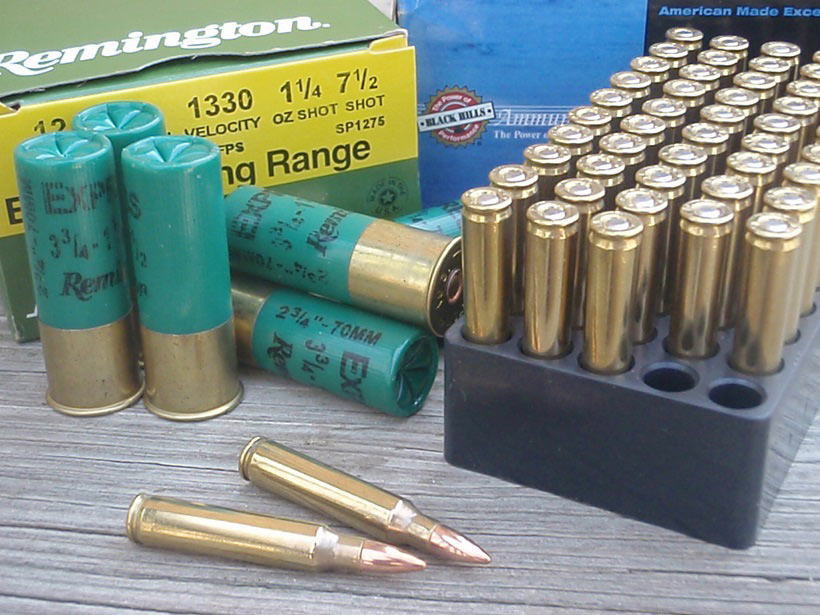
Making a stash of supplies at a remote site makes sense for a number of scenarios. But what should you cache? And—just as critically—how?
Your cache container should be able to 1) withstand the natural environment where it’s located and 2) protect against the natural enemies of storage, which include moisture, rodents, insects, freezing, heat, and theft. Waterproof containers like Pelican cases and Plano boxes are good choices for wet conditions, along with home-made vaults from large-diameter PVC pipe. The MTM SAC Survivor ammo can is a great container for loose rounds or magazines. For scenarios that are perpetually dry, metal boxes are often a good choice, as they are impregnable to the gnawing teeth of rodents. And don’t feel like you have to bury your treasure to have it count as a cache. You could have your container stored virtually anywhere, so long as it is accessible in an emergency and hidden from view.
Top items to store are food, ammo, hand tools, communication devices, and medical supplies. Whatever you do, just make sure you can find the cache again. Also let one or two responsible family members know about the cache—just in case you don’t make it.
10. Get There
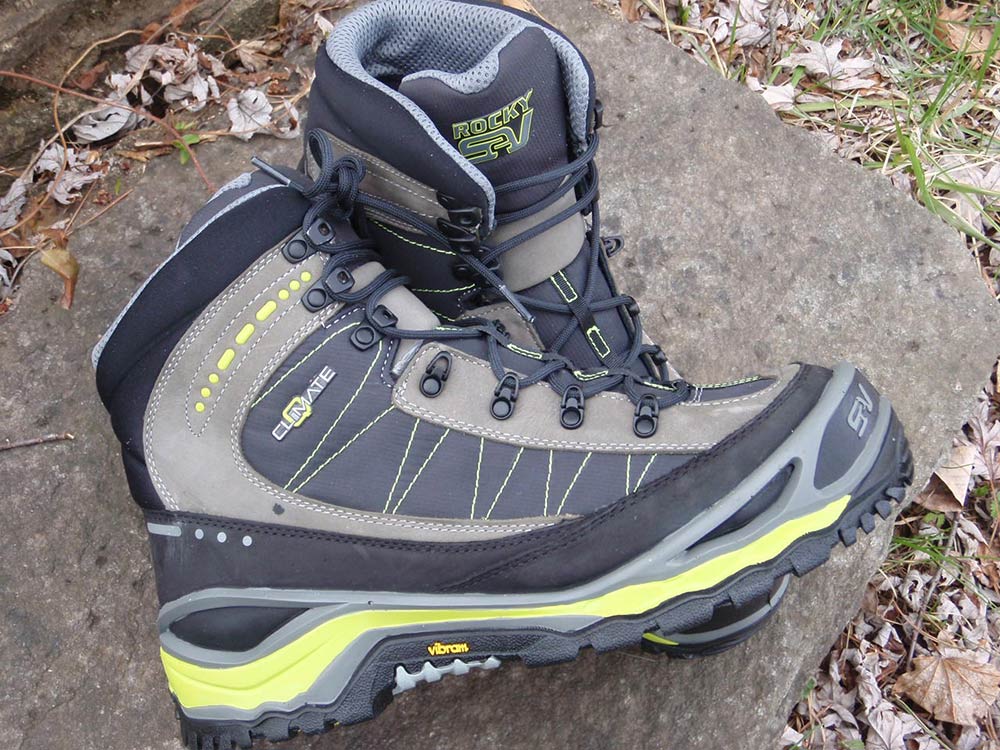
If you had to flee to a remote camp, you may or may not have a vehicle to take you there. Plenty of conditions would prevent you from driving during and after a disaster. This makes your trip much longer, more dangerous, and it greatly limits the amount of supplies you can take. Use alternative transportation if you have it. Dirt bikes, mountain bikes, horses, mules, and other transport can allow you to carry more weight into the backcountry than you could using a backpack and your own two feet. Without alternative transportation, you can only take what you can carry.
9. Dig a Latrine
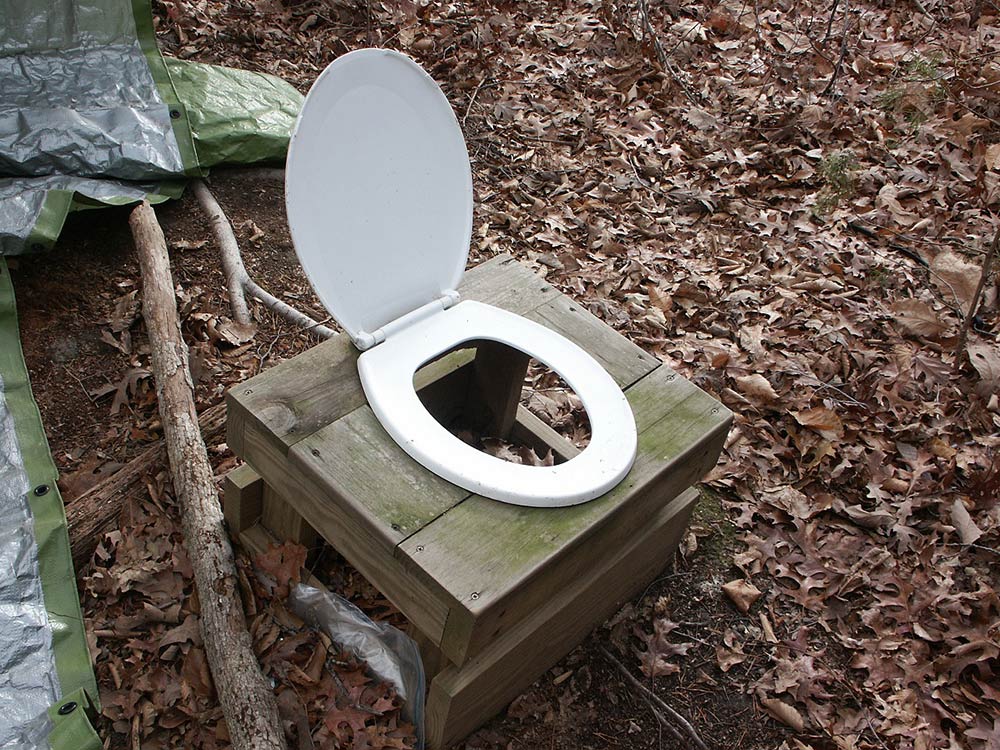
Once the first fleet-footed souls in your party reach the BOL, it’s time to set up a latrine (if you haven’t done this already). Dig a fairly deep but slender hole in the ground, situated both down wind and downhill from your shelter. Choose a spot that is at least 50 yards away from your water source, be it a spring, stream or pond. The bottom of the latrine should also be at least 6 feet above the water table. If security and camouflage are no concern, you could build a privacy screen with tarps or other materials. But I’d keep the latrine (and every other aspect of your camp) stealthy by situating it in a cluster of bushes or boulders. Keep the latrine hole covered with a board or a flat rock when it’s not in use. Stock some toilet paper in a waterproof container at the latrine (coffee cans work well). A pile of dirt and a small spade can allow you to cover the waste after each latrine use. Also keep some hand sanitizer nearby to limit the spread of bacteria in camp.
8. Secure Your Water Supply
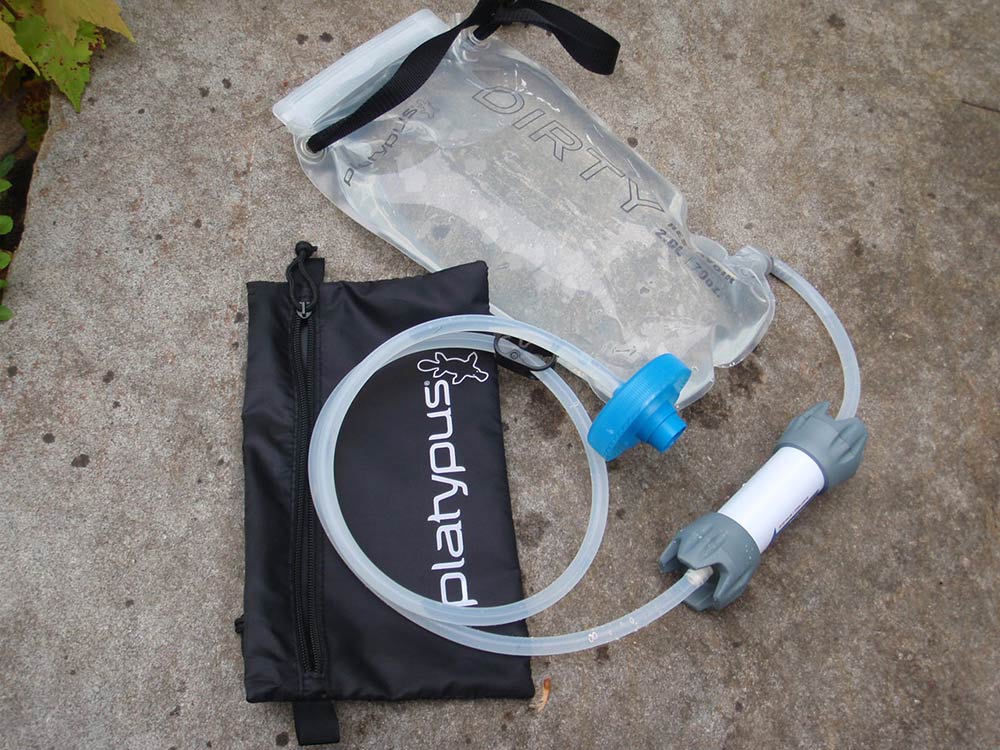
After shelter, first aid, and security, water is the most vital element for survival. You can often find surface water after taking a hike downhill, since this is the path that rain takes. Rivers, springs, seeps, creeks, and rivers are all headed downhill. You can also look for water-favoring trees and plants at a distance to guide your path. Willow trees and sycamores work as water indicators in my area, while cattails, sedges, cordgrass, and reeds are good sign just about everywhere. Of course springs, streams, rivers, and creeks are the most common source of fresh water and are often best sources in most areas.
Just remember that the larger the waterway, the more time it has had to pick up pollutants. So instead of taking water from a river, pond, or lake, find a smaller source that pours into it. All water gathered from the landscape should be purified; the only possible exception is water collected directly from the mouth of a spring that has not yet been exposed to the surface.
In dryer and more rugged terrain, the job of finding water gets a lot harder. Check the base of cliffs or hills, where the ground water table is being pulled upward. Look for gorges and ravines where rainfall can pool and evaporate at a slower pace than pools open to the air. Depending on the geology, you may even be forced to look around for water on high ground. Certain areas are full of rock depressions called “kettles” which can range from tiny to huge. These kettles can hold water in higher ground, and work in lieu of the streams of water you were expecting or hoping to find.
Water can also be collected from plants and precipitation, though these can be seasonal and unreliable. Once you have your water, one of the easiest ways to make the water safe is to filter it. The Platypus GravityWorks water filter has a bag that can be filled with dirty water, and a gravity driven filter that allows safe clean water to drip out.
7. Build a Camp Kitchen
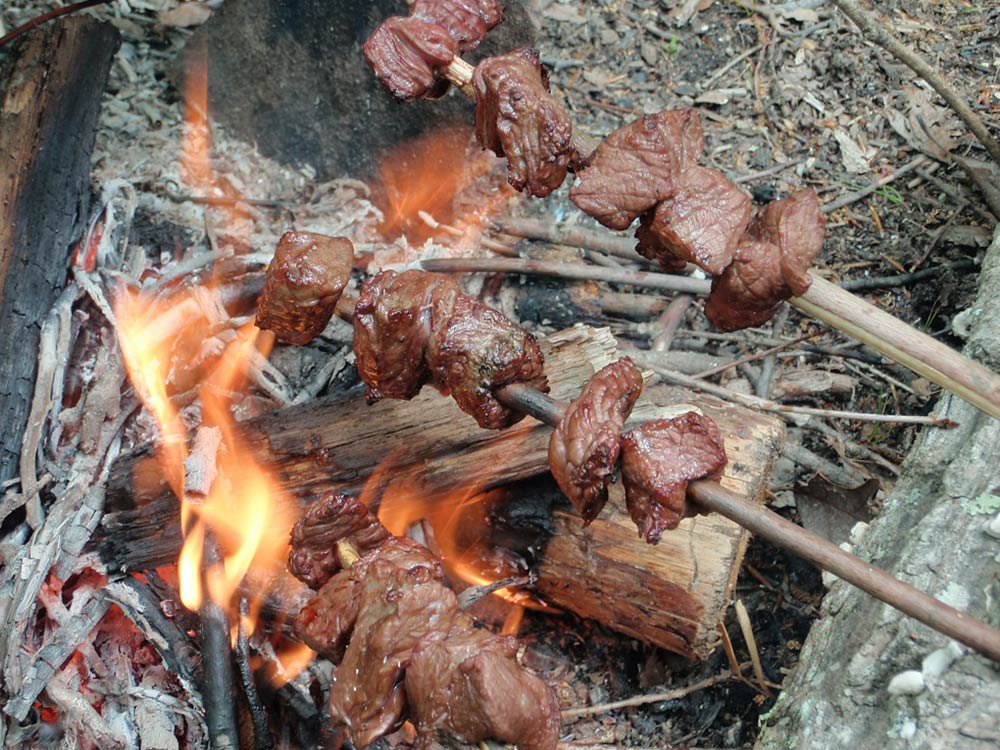
An army moves on its stomach, and so will your camp. You’ll need a food preparation and cooking area, upwind from the latrine and away from your camp in bear country. This area should have a fire pit and rigs to suspend pots over the fire. Create a makeshift table for food prep and serving. The area could also have a food cache and some cooking equipment pre-positioned. You certainly wouldn’t want to backpack in a heavy Dutch oven that’s big enough to serve a group, but you could drop it off ahead of time. Your camp kitchen should also have a dish washing station. This could include buckets of hot soapy water, a bucket of bleach water, and a rack to dry dishes in the sun (for UV disinfection).
6. Keep Communications Open
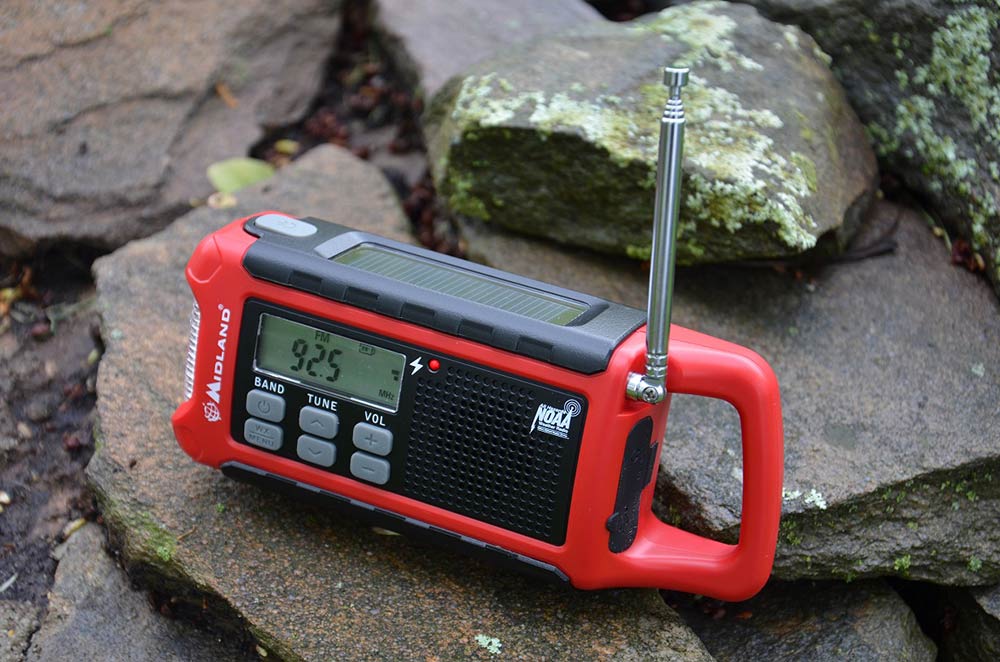
You won’t know if things are getting better or worse from the relative seclusion of your camp unless you have some communication with the outside world. For many emergency scenarios, a weather radio can keep your group updated and informed. It can also provide a simple form of entertainment, providing any radio stations are still broadcasting music or other entertainment. The new Midland ER310 is an updated version of the company’s beloved “hand crack” emergency radio. This compact communication tool can tune into AM, FM, and NOAA weather bands, and it has a built in flashlight, SOS beacon, dog whistle, and USB charger. Once fully charged by the USB connection, the built-in solar panel or the smooth hand crank, the battery can last up to 32 hours and it even has enough juice to charge your mobile phone.
5. Consider Defense
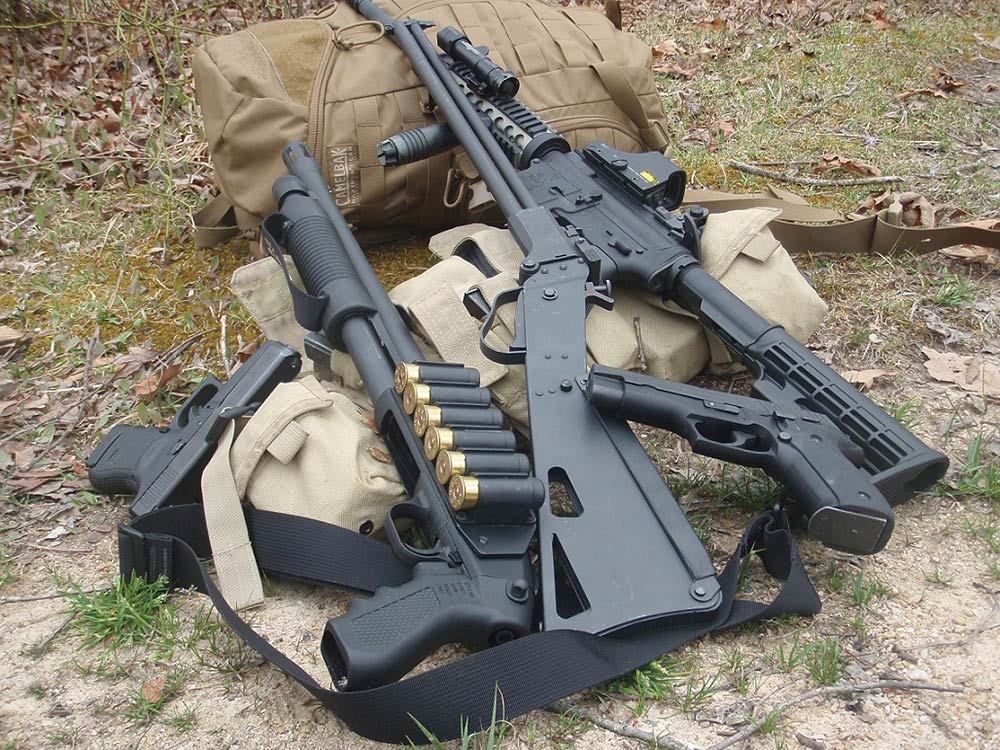
How will you defend your camp from man and beast? Not setting up camp on the side of the highway is a good place to start, but keep in mind that the most remote corner of the earth isn’t perfect, either. Getting away from the masses will likely mean that you’ll be on your own for self-defense. When planning your camp site, consider spots that offer natural obstacles to hold off unfriendly interlopers. Ravines, cliffs, rivers, embankments, and even briar patches can slow or halt intruders—or funnel them toward your sentries. It’s also helpful if your site provides a vantage point to watch for oncoming friends or foes (while keeping you hidden). As a final consideration, choose a path to retreat from your camp and a location to regroup, should your camp be over run. Grim stuff, yes, but important to consider.
4. Keep a Night Watch
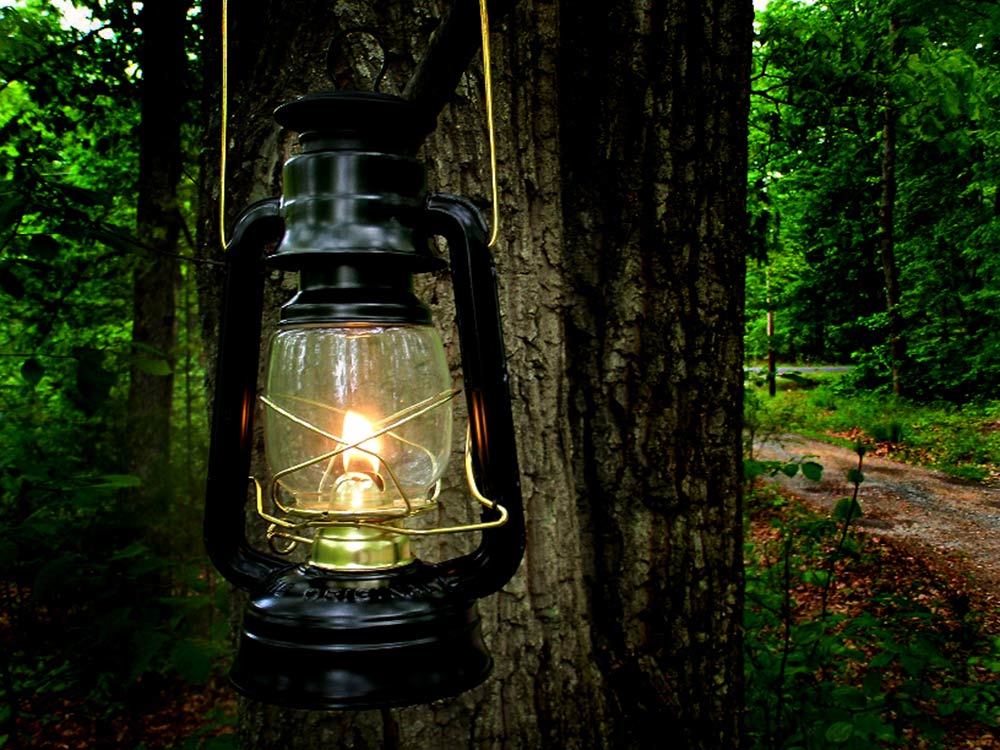
Night can be the scariest time in the wilderness. And in the wake of a disaster, those fears may be well founded. Since the beginning of time, desperate people have performed despicable acts in times of crisis. And in a prolonged emergency, it’s quite possible that your group will need someone or several people to stand watch against “outsiders.” It may also make a lot of sense to avoid drawing attention to your camp in the darkness. This could mean no fires or bright flashlights after dusk—or no light at all from dusk till dawn.
3. Make Resource Runs
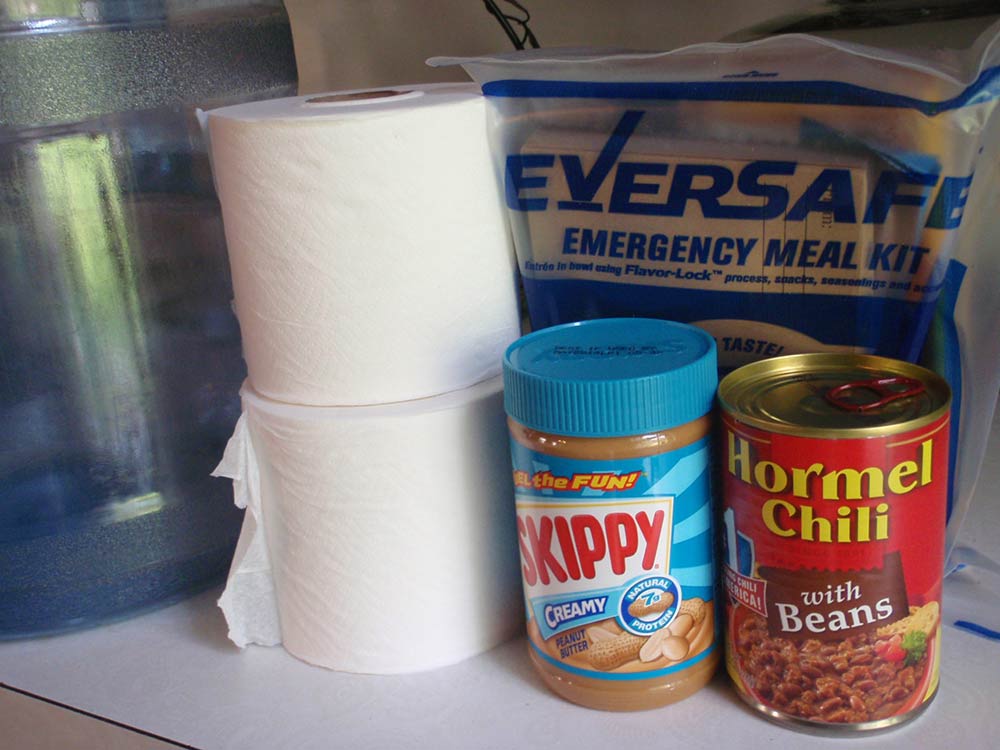
Inevitably, you’ll run out of some kind of supply that requires replenishment. When it’s something locally available, like firewood or water, this supply run could be a welcomed diversion for a few group members. But when it’s something you can’t find nearby, you could be asking people to head into dangerous situations. Regardless of the task, never send one group member out alone. Better yet—do your best to do without.
2. Keeping the Peace
The best way to maintain peace and order in your camp is through strong and exemplary leadership. Leadership is one of those elements that rarely receives recognition for its importance in survival. Having a leader is also an inescapable reality when acting as a group. There will always be an alpha male or female in any group, and they will naturally lead (or at least influence) the path of the group. Maybe they’re not qualified to hold such a critical position, but chances are good they’re just playing the role they were born to play. In an emergency, good leadership is more important than ever, and the people in charge must strive to perform at their highest level. History is full of examples of great leaders, and plenty of horrible ones. Understand that there is much more to being a leader than just making a few plans, barking out orders, or trying to keep everyone pacified. If the mantle of leadership falls on your shoulders during a bad situation, emulate the strongest leaders you know. And try to get somebody to volunteer a bottle of aspirin, too—because you’re going to need it.
1. Going Home
How do you put your life back together in the aftermath of a bug-out-worthy disaster? In recent decades, a small percentage of the world’s population has had to bug out, then begin their life again. To do this in the world that currently exists, you will need money, documentation that you are who you say you are, and a place to go. If your home was destroyed in the disaster, this will leave you scrambling to find a new place to live. You may also need a new source of income as your money quickly runs out. In localized crisis situations, aid often floods in from other areas—but it’s an uncharted territory to rebuild your life in the wake of mass destruction and casualties. Let’s just hope we never have to find out how hard it could be to start all over again from scratch.
